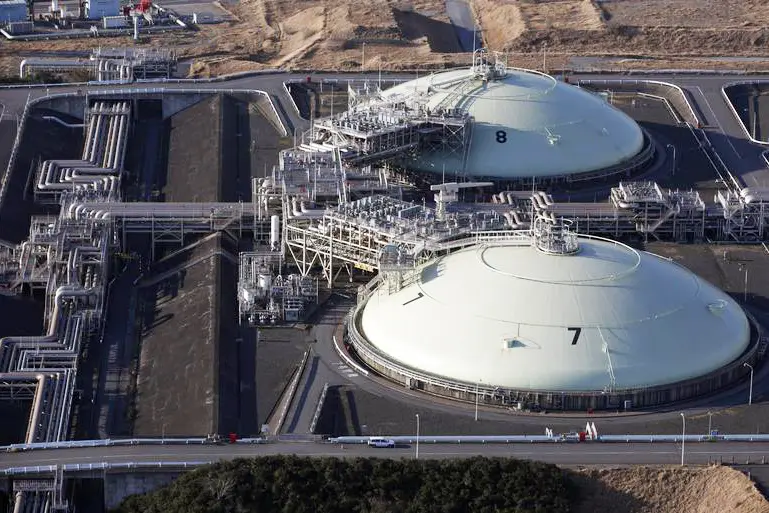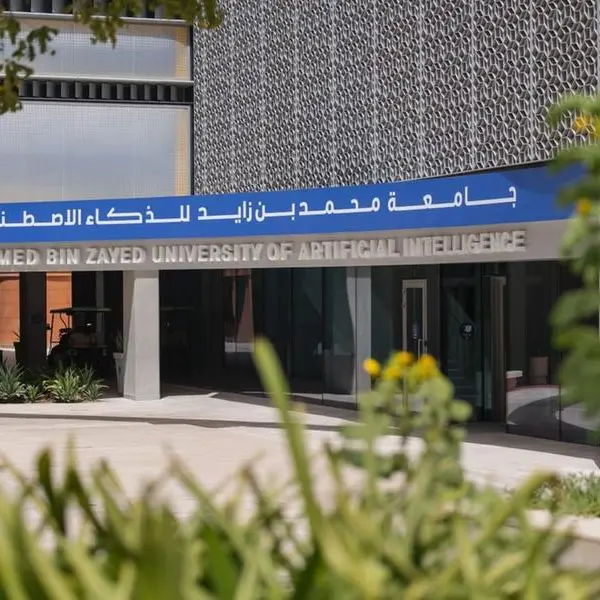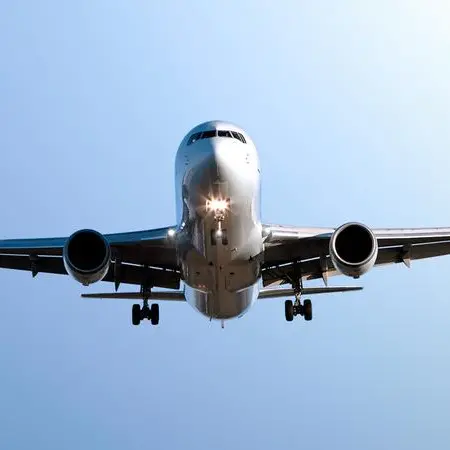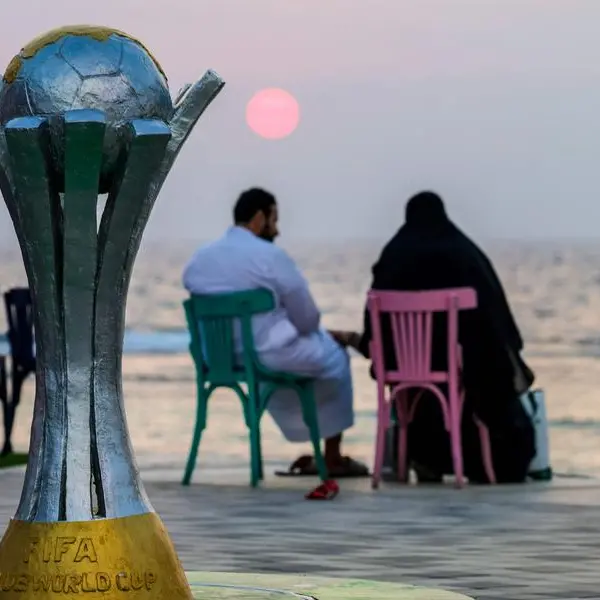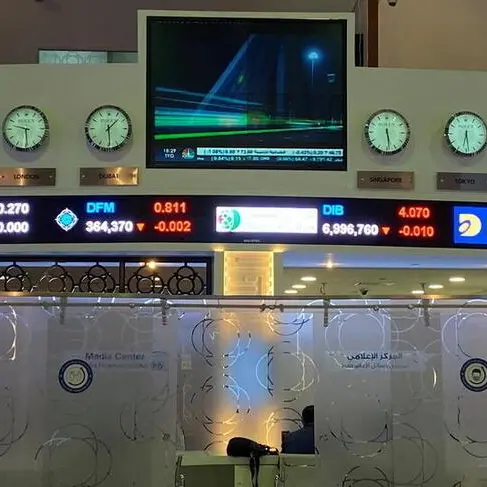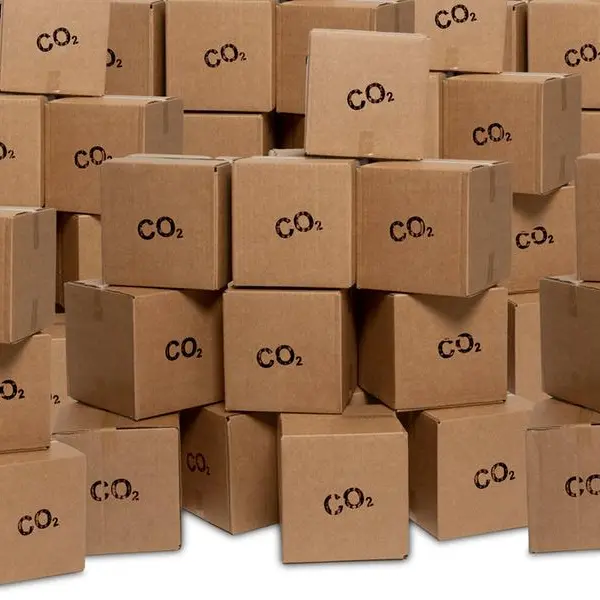PHOTO
Requirements for water and power in Qatar are expected to rise sharply in the coming years, with water demand forecast to increase by more than 50% by 2022.
The Qatar General Electricity and Water Corporation (Kahramaa) estimates that daily demand will rise to 482m imperial gallons per day (MIGD) by that year, up from the present level of 308 MIGD. The surge in usage will also fuel demand for electricity, with the increase in water requirements to be met through desalination.
The state's per capita water usage is already among the highest in the world due to a growing population and an expanding industrial base. Its population rose 8.7% year-on- year in April to reach 2.3m, an increase of 187,000 over the last 12 months, according to a report from Qatar National Bank. Population growth for 2015 is expected to ease somewhat to around 7%, but the recent expansion, coupled with a large ramp-up in spending on major infrastructure projects, is putting increasing pressure on the country's utilities.
To address the issue, Kahramaa is rolling out a series of projects over the next few years to strengthen utilities infrastructure and upgrade distribution networks to reduce losses during supply and transmission.
One of the country's flagship developments is a mega-reservoirs project, which will be among the biggest water schemes ever undertaken by Kahramaa. Ground was broken on the first of five reservoirs in mid-May, the initial stage of a QR17bn ($4.6bn) project to enhance the country's water security. "This will increase potable water storage capacity to about 3.5bn imperial gallons, ensuring seven days of unrestricted water supply," Essa bin Hilal Al Kuwari, president of Kahramaa, told OBG. "This can be extended to up to four weeks with controlled consumption. It will also help to ensure water supply reliability, as well as security," he added.
Facility D projectAnother major project in the pipeline is a new power and desalination plant in Umm Al Houl. On May 25, final contracts were signed for the construction and operation of the plant, with the $3.2bn independent water and power project awarded to K1 Energy, a consortium between Japan's Mitsubishi and Tokyo Electric Power Company (Tepco). When fully completed in 2018, the plant -known as Facility D and located some 20 km to the south of Doha - will produce 2400 MW per day of electricity and 130 MIGD of water.
The agreement follows an international tender issued last year by Kahramaa, which signed a power and water purchase agreement (PWPA) with K1 Energy and partners Qatar Electricity and Water Company (QEWC), Qatar Petroleum and Qatar Foundation. The PWPA will have a 25-year term, according to a statement lodged with the Qatar Stock Exchange, and the project will help to boost the country's installed daily power generation capacity to 11,000 MW and water production to 535 MIGD.
Spanish firm Acciona Agua has already been commissioned to provide technical services for the development and another project, the Ras Abu Fontas A3 desalination plant - an independent water project that will produce 36 MIGD. Both projects, worth an estimated $525m, will utilise reverse osmosis membranes to purify seawater, the first time such technology has been used in a large-scale processing facility in Qatar.
In the statement submitted to the stock exchange on May 25 by QEWC, the joint venture partners said that 85% of the funding for the Facility D project would be sourced from local and international commercial banks and export credit agencies, with the balance coming from shareholders' equity.
© Oxford Business Group 2015
